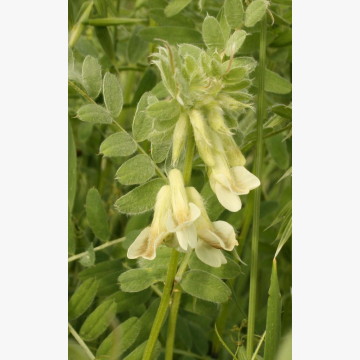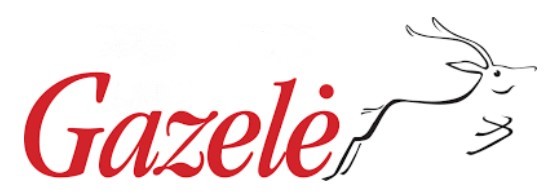- Home
- Seeds
- Fodder crops
- Hungarian vetch
- Hungarian vetch DĚTENICKÁ PANONSKÁ
FOR CONSULTATIONS APPLY TO:
Commercial director
Lina Smalskienė
tel. +370 618 02 551
e-mail linak@agrolitpa.lt
Sales manager
Tautvydas Kliučininkas
tel. +370 681 35 093
e-mail tautvydask@agrolitpa.lt
Sales manager
Eglė Petkevičienė
tel. +370 626 95 458
e-mail eglep@agrolitpa.lt
Sales manager
Kotryna Nakrošytė
tel.: +370 601 39 282
e-mail kotryna@agrolitpa.lt
Hungarian vetch DĚTENICKÁ PANONSKÁ
An early/mid-early, very winter hardy vetch with high grain and forage yield
- High grain yield
- High forage yield
- Very high frost resistance
- High plasticity
- Long stem
- Good ingredient of mixtures
- High yields of green mass and seeds
- Stems – leafy, hairy, semi-erect
- Long stems (120-150 cm)
- Resistance to lodging – low
- Very resistant to frost
- Very tolerant to drought
- Flowers – white creamy
- Seeds – black-brown marble, irregular ball or square shape
- The mass of 1000 grains – about 35 g
- Seed yield – 0.5-1.0 t/ha
- Valuable fodder crop
- Excellent forage grown without nitrogen fertilization
- An excellent component of mixtures
- Sown with supporting crops (rye, wheat)
- Could be grown alone also
- Very suitable for mixtures
- They are similar to rye vetch in their characteristics and cultivation
- Winter vetches can be grown as summer cover crops by sowing them in late July-early August, and the green crop can be harvested right up until frost.
- After harvesting the green mass in the spring, you can have time to sow summer cereals, buckwheat, and plant potatoes
- Enriches the soil with nitrogen
- Used for green manure or for the production of protein-rich fodder
- It germinates and develops quickly, so it suppresses weeds and improves soil structure
- Suitable for lighter and more acidic soils
The varietal parameters may differ from those indicated here when the testing circumstances differ from quondam
Recommended sowing rate when growing for seeds: 60 kg/ha of vetch and 120 kg/ha of rye
Recommended sowing rate when growing for green fodder: 50-60 kg/ha of vetch and 80 kg/ha rye
In mixtures with oats – 100 kg/ha of vetch and 70-100 kg/ha oats
Sowing depth – 3 cm, interrow spacing – 12.5 cm
Keravos sreet. 17, Kerava,
LT-38 131 Panevėžys district, LITHUANIA
Enterprise's code 168598128
VAT code LT685981219
Tel. +370 615 11 315
E. mail info@agrolitpa.lt




.JPG)

